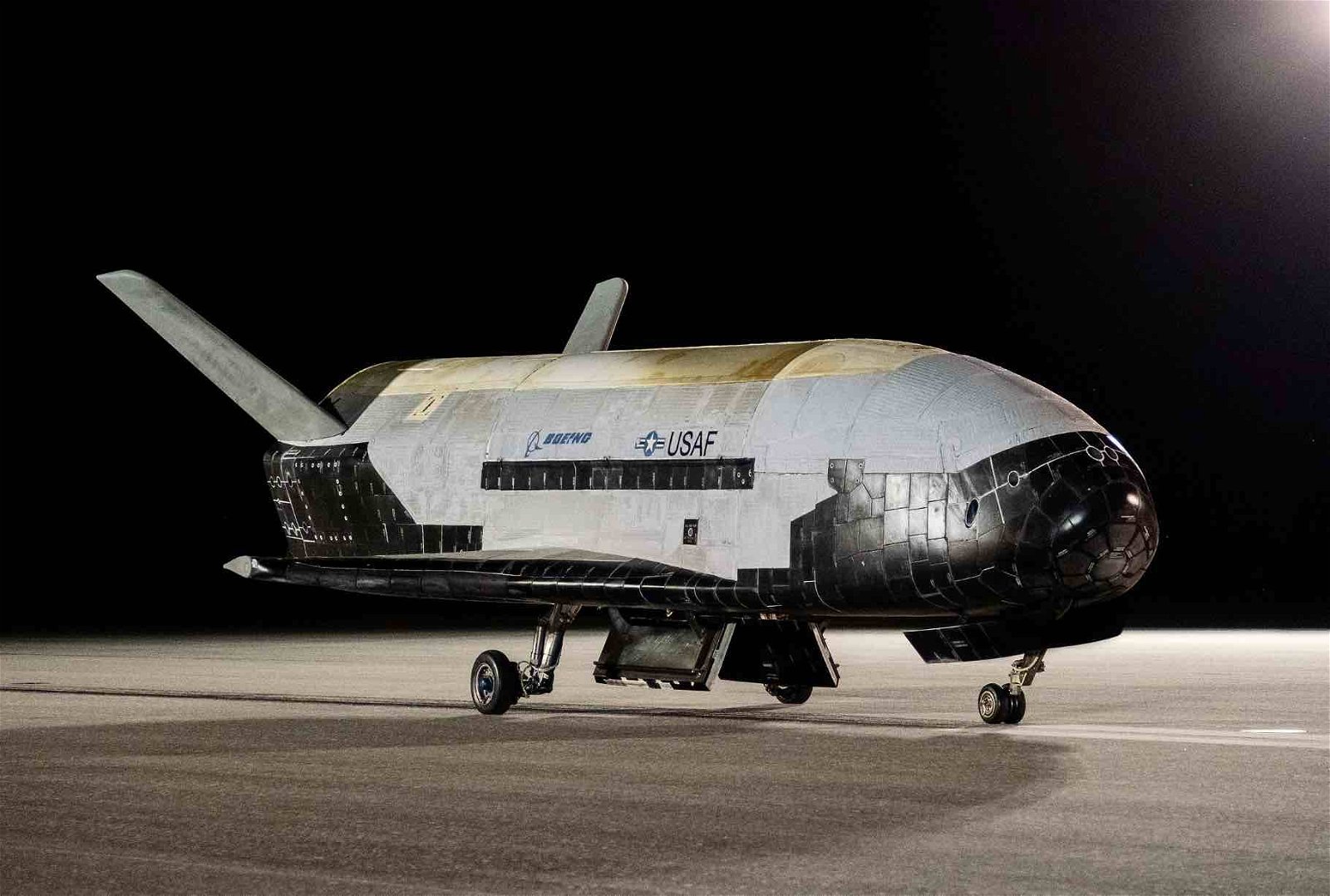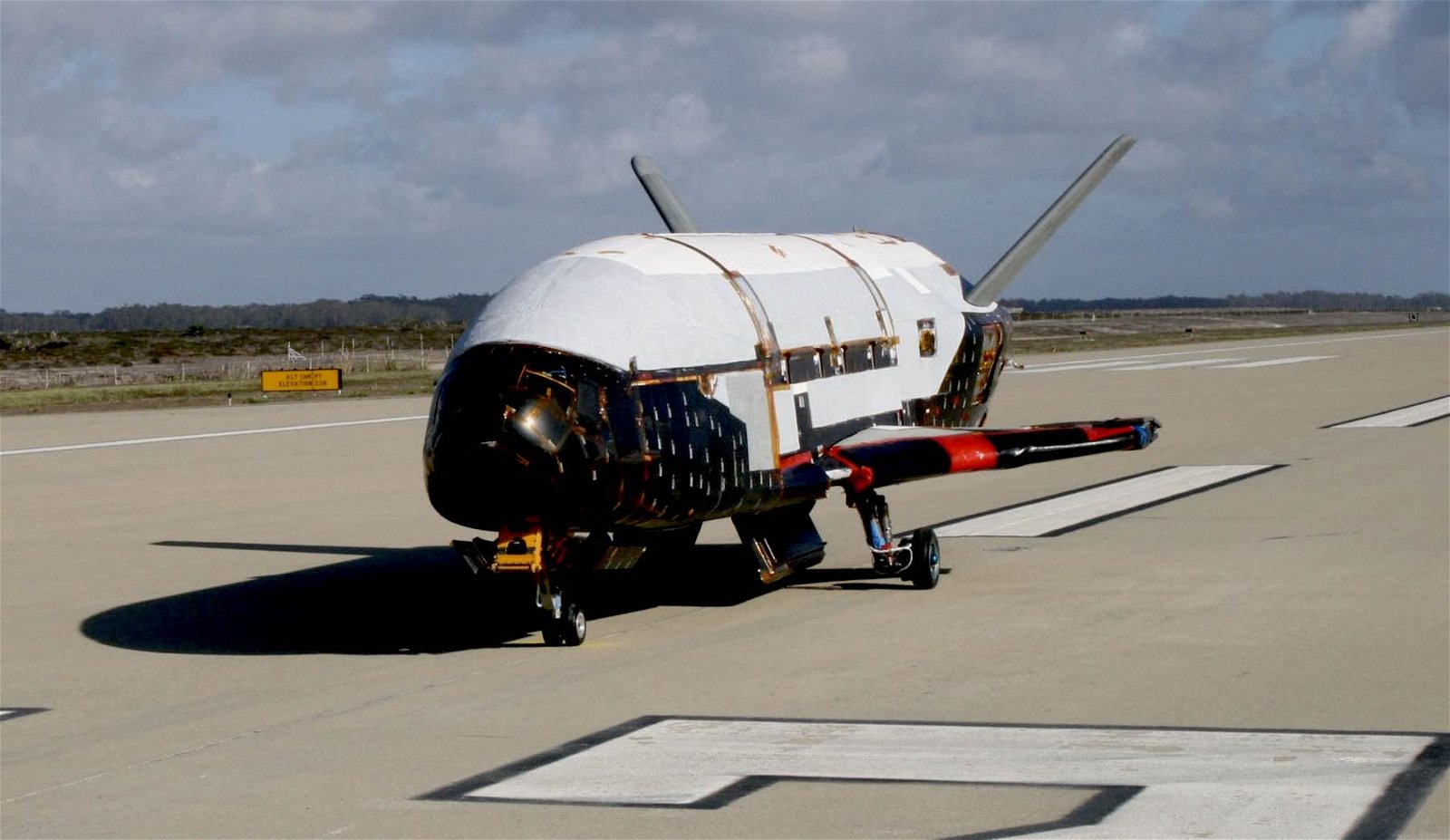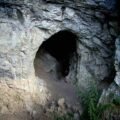A Chinese experimental spacecraft that spent 276 days in orbit has just returned to Earth, in a secretive mission aimed at testing reusable spacecraft technologies and other unspecified capabilities.
Chinese state media reported on Monday that the uncrewed spacecraft returned to its northwestern China landing site at the Jiuquan launch center.
Presently, little is known about the Chinese spacecraft, including its appearance and the altitude it reached during its 276-day mission.
The spacecraft was launched last August, and although many details about its orbital operations remain unclear, the spacecraft was tracked during its mission and several details about its suspected activities have been made available online.
Late last October, an object was detected in a similar orbit to the Chinese spacecraft by the United States Space Force’s 18th Space Defense Squadron.
After some initial confusion about whether there was indeed a second object discernible from the primary spacecraft, the companion object, dubbed 54218/2022-093J, was observed holding its position approximately 200 meters behind the spacecraft, possibly with the help of a tether or thrusters, according to the Orbital Focus Twitter account.
China Spaceplane
New companion (54218/2022-093J) still holding station, probably <200 metres
Using thrusters or may be tethered
It separated sometime Oct 24 – Oct 30, before there was enough confidence for Space Track to issue orbit data Oct 31https://t.co/RpUCh030th@AJ_FI
— Orbital Focus (@OrbitalFocus) November 2, 2022
The object is believed to have been used “to conduct rendezvous and capture experiments during 2022 and 2023,” according to data made available by Orbital Focus about the Chinese spacecraft and its operations over the course of its 276-day mission.
The conclusion of the Chinese spacecraft’s secretive mission nearly coincides with a report by Chinese state media that the U.S. Air Force Geosynchronous Space Situational Awareness Programme (GSSAP) had “repeatedly approached some of China’s most valuable and advanced satellites in the geostationary orbit” between February 2020 and December 2021.
A total of 14 close reconnaissance missions were reportedly carried out by U.S. spy satellites, according to a study by China’s space program cited by the South China Morning Post.
Last week, satellite photos published online by BlackSky Technology Inc. appeared to showcase laser anti-satellite weapons (ASAT) capabilities at China’s Korla East Test Site, which some commentators believe may be used by the country in attempts to destroy foreign satellites or engage with them in potential hacking efforts.


In 2021, China is believed to have carried out a mission with a similar spacecraft, which spent less than 24 hours in flight during its short journey to the edge of space and back.
Several commentators have compared the new Chinese spacecraft to the X-37B, an autonomous spacecraft operated by the U.S. Air Force which can remain in orbit for years at a time.
The X-37B’s last mission lasted more than 900 days.
Micah Hanks is the Editor-in-Chief and Co-Founder of The Debrief. He can be reached by email at micah@thedebrief.org. Follow his work at micahhanks.com and on Twitter: @MicahHanks.

